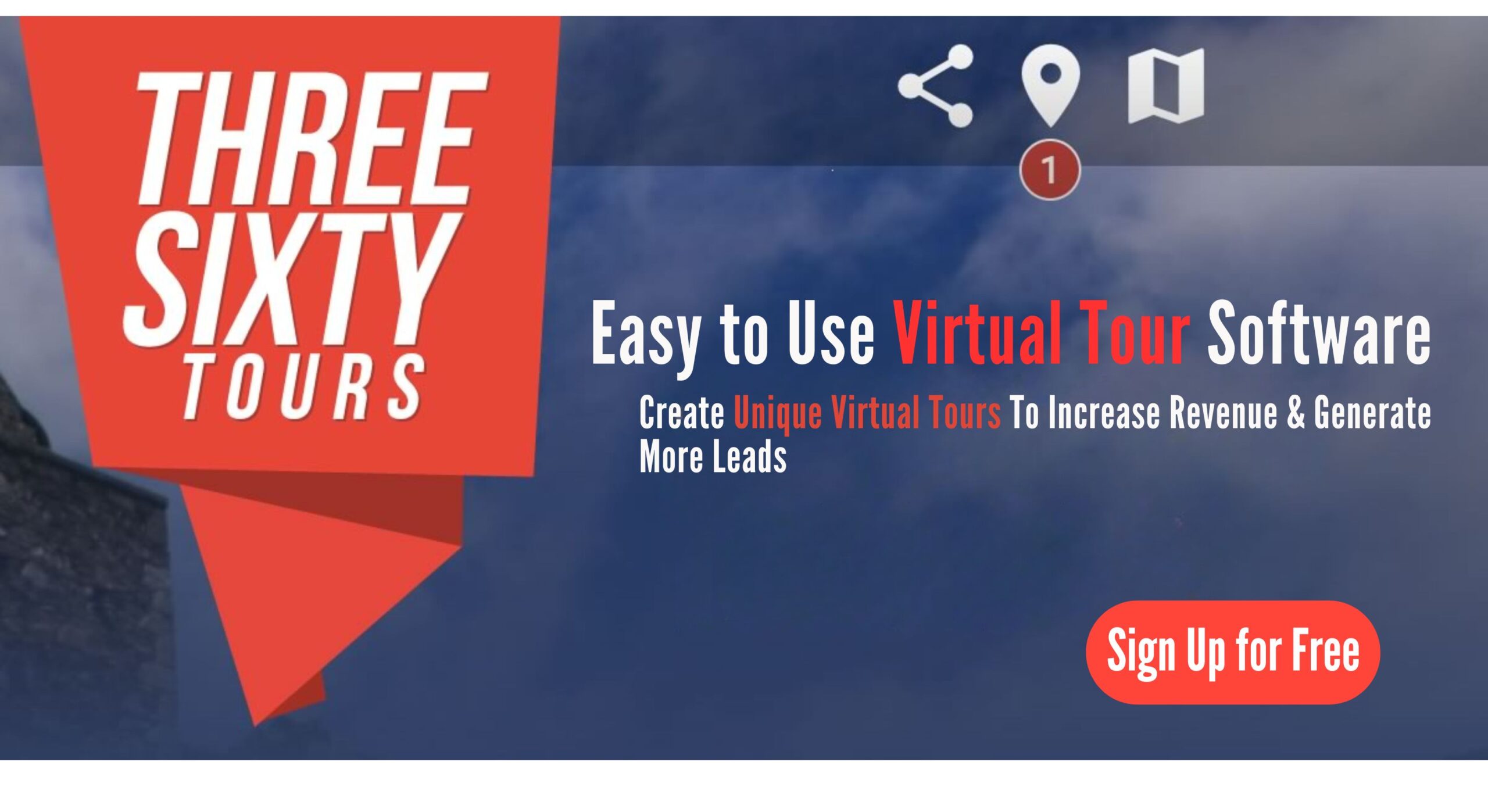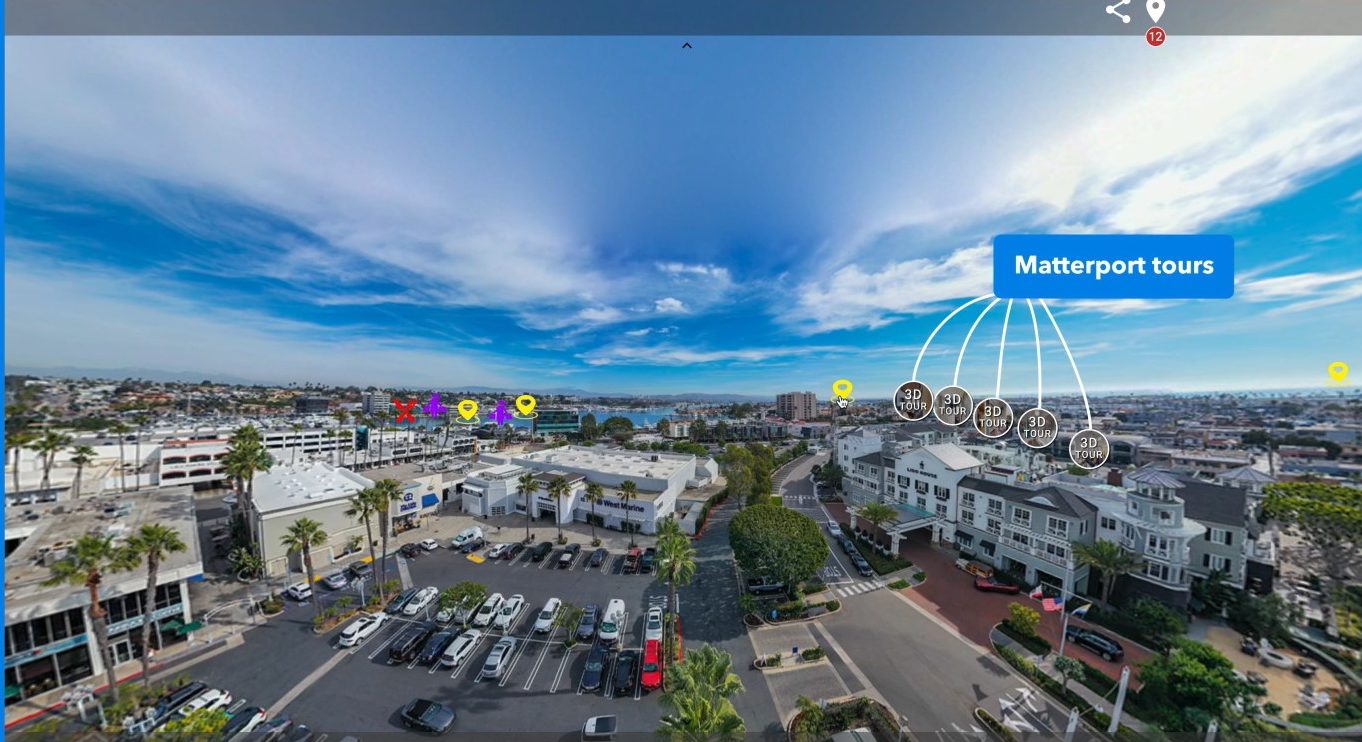best 360 camera for real estate
I. Introduction
In today’s competitive real estate market, standing out is more important than ever. High-resolution visuals and immersive experiences can make all the difference in attracting potential buyers and closing deals faster. One of the most powerful tools available to real estate professionals and photographers is the 360 camera. These innovative devices allow for the creation of interactive, panoramic virtual tours that captivate viewers and provide a true sense of space.
In this comprehensive guide, we’ll explore:
- The best 360 cameras for real estate
- Key features to look for
- How to maximize these tools using platforms like www.threesixty.tours
In the fast-paced world of real estate, first impressions are everything. Today’s buyers begin their home search online. They expect more than just static photos. They want to experience a property virtually—walking through each room and imagining themselves living there. That’s where 360 cameras come in.
These compact tools capture everything around them in a single shot. They create immersive, interactive images. When paired with a virtual tour platform like www.threesixty.tours, these images become engaging walkthroughs that help listings stand out. Whether you’re a real estate agent or a property photographer, 360 cameras can elevate your marketing.
They help highlight a home’s best features, attract more qualified leads, and reduce the need for multiple in-person showings. This guide will help you:
- Choose the right camera
- Understand key features
- Master the art of virtual tours
II. What to Look for in a 360 Camera
Choosing the right 360 camera can feel overwhelming. With so many options on the market, it’s essential to focus on the features that matter most for real estate.
A. Image and Video Quality
The quality of your virtual tour starts with the quality of your images. Look for a camera that offers:
- At least 4K video resolution
- High-megapixel still images
- Some premium models even offer up to 8K resolution
But resolution isn’t everything. You also want a camera that performs well in low light. Real estate shoots often happen indoors, where lighting isn’t always ideal. A camera with:
- Strong dynamic range
- Low-light capabilities
B. Ease of Use
You don’t want to spend hours learning how to use your camera. Look for models with:
- Intuitive controls
- Touchscreen displays
- Automatic shooting modes
The easier it is to operate, the faster you can shoot and move on to the next property. Also, consider how the camera integrates with editing tools. Many 360 cameras come with their own apps for editing and exporting footage. Make sure your camera works well with popular platforms like:
- Adobe Premiere Pro
- www.threesixty.tours
C. Portability and Design
You’ll likely be moving from one listing to another, so portability matters. A lightweight, compact camera is easier to carry and set up. Look for models that fit easily in a bag and mount on standard tripods. Durability is another plus. While most real estate shoots are indoors, you may occasionally need to capture outdoor spaces. A rugged, weather-resistant design ensures your camera can handle different environments.
D. Connectivity Options
Fast and easy sharing is a must. Choose a camera with:
- Wi-Fi and Bluetooth
This allows you to transfer files to your phone or laptop in real time. Mobile apps let you preview shots, make adjustments, and upload directly to platforms like www.threesixty.tours. Some advanced models even support live streaming. That’s a great feature for:
- Virtual open houses
- Remote client walkthroughs
The more connected your camera is, the smoother your workflow will be.
III. Top 360 Cameras for Real Estate
Let’s take a look at some of the best 360 cameras currently available. These models offer a mix of image quality, usability, and value—ideal for real estate professionals.
A. Insta360 ONE X2
Key Features:
- 5.7K video resolution
- FlowState stabilization
- Waterproof up to 10 meters
- Touchscreen display
- AI-powered mobile app
Pros:
- Crisp video quality
- Smooth stabilization for handheld shots
- Easy-to-use interface
- Compact and durable
Cons:
- Slight learning curve for beginners
- Average battery life
Price: Around $430
The Insta360 ONE X2 is a favorite among real estate pros. It’s affordable, powerful, and easy to carry. The AI editing tools are great for beginners, and it integrates seamlessly with www.threesixty.tours for fast uploads.
B. Ricoh Theta Z1
Key Features:
- 23MP still images
- 4K video
- Dual 1-inch sensors
- RAW image support
- OLED display
Pros:
- Exceptional photo quality
- Professional-grade results
- Sleek, compact design
Cons:
- Pricey
- Lower video resolution than competitors
Price: Around $1,000
If still image quality is your top priority, the Theta Z1 is hard to beat. It’s ideal for high-end listings where detail and clarity matter most. Pair it with www.threesixty.tours to create stunning, professional virtual tours.
C. GoPro MAX
Key Features:
- 5.6K video
- Max HyperSmooth stabilization
- Voice control
- Waterproof and rugged build
Pros:
- Great for indoor and outdoor use
- Excellent stabilization
- Easy integration with GoPro app
Cons:
- Lower photo resolution
- Slightly bulkier design
Price: Around $500
The GoPro MAX is perfect for agents who want versatility. Use it for both property tours and lifestyle content. It’s tough, reliable, and great for active shoots.
D. Kandao QooCam 8K
Key Features:
- 8K video resolution
- 1/1.7” sensors
- High dynamic range
- Built-in touchscreen
Pros:
- Best-in-class video clarity
- Great in low-light conditions
- Advanced editing features
Cons:
- Expensive
- Heavier than other models
Price: $600–$700
For those who want top-tier video quality, the QooCam 8K delivers. It’s ideal for luxury listings or commercial spaces where visual impact is key.
IV. Benefits of Using 360 Cameras in Real Estate
A 360 camera is more than just a cool gadget—it’s a game-changer for your business. Here’s how it can help:
A. Enhanced Property Presentations
Virtual tours offer an immersive experience that static photos just can’t match. Buyers can explore a property on their own terms. They can zoom in on details and get a true feel for the space. This added engagement:
- Keeps viewers on your listing longer
- Increases the chances they’ll schedule a showing
- Helps highlight features like open floor plans, vaulted ceilings, and unique design elements
B. Time and Cost Efficiency
Virtual tours cut down on unnecessary showings. Buyers can narrow their choices online, saving time for everyone involved. This is especially helpful for out-of-town clients. Plus, one 360 shoot can replace dozens of traditional photos. You’ll spend less time editing and more time closing deals.
C. Competitive Edge
Using 360 technology shows clients that you’re ahead of the curve. It positions you as a modern, tech-savvy agent—and that’s a big plus in today’s market. Younger buyers especially appreciate interactive content. With platforms like www.threesixty.tours, it’s easy to share your tours on social media, MLS listings, and your own website.
V. Tips for Shooting Real Estate with a 360 Camera
Getting great results with a 360 camera takes practice. Here are some tips to help you shoot like a pro.
A. Best Practices for Capturing High-Quality Images
Lighting is everything. Shoot during the day when there’s plenty of natural light. Use softbox lights or LED panels to fill in dark corners if needed. Declutter the space before shooting. You should:
- Remove personal items
- Straighten furniture
- Make the home look its best
Position your camera at eye level—about 5 feet off the ground—for the most natural perspective. Use a sturdy tripod and avoid placing the camera too close to walls or furniture. This helps prevent distortion and keeps your shots clean.
B. Editing and Post-Processing
Editing is where your images really shine. Adjust brightness, contrast, and color balance to make each room pop.
Many cameras come with built-in apps for quick edits. However, you can also use tools like Adobe Lightroom for more control. With www.threesixty.tours, you can organize your images into seamless walkthroughs. Add navigation hotspots, floor plans, and even background music to enhance the viewer experience.
C. Sharing and Marketing Your Tours
Once your virtual tour is ready, it’s time to promote it. Embed it on your website and share it on social media. Use relevant keywords to improve SEO and reach a wider audience. Add QR codes to your flyers and business cards that link directly to your virtual tours. This bridges the gap between offline and online marketing and makes it easy for buyers to view listings on the go.
VI. Conclusion
360 cameras have changed the game in real estate. They offer immersive visuals that captivate buyers and make listings stand out. Whether you’re just getting started or looking to upgrade your gear, there’s a 360 camera that fits your needs.
From budget-friendly models like the Insta360 ONE X2 to high-end options like the Ricoh Theta Z1, the right camera can transform your marketing. When paired with a platform like www.threesixty.tours, you can create interactive, high-impact virtual tours with ease. Now is the perfect time to embrace this technology.
Invest in a quality 360 camera, master your shooting techniques, and watch your business grow. For more tools and inspiration, visit www.threesixty.tours and see how easy it is to take your listings to the next level.
External Resources
Learn more about the benefits of virtual tours in real estate from the National Association of Realtors.
Dive deeper into 360 camera comparisons with this guide from Digital Photography Review.


